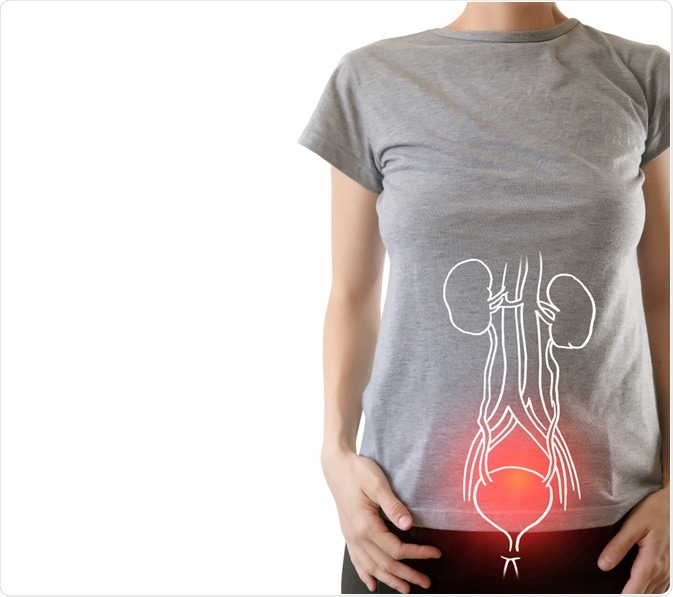Urinary incontinence is a health condition involving the involuntary leakage of urine. This can occur for a variety of reasons and, as a result, the optimal treatment for different causes differs considerably.
Urinary incontinence is classified into five different types to simplify the understanding of the condition and the best management of symptoms.
Mercyhealth's Dr. Sonya Ephraim on urinary incontinence
Stress incontinence
Stress incontinence refers to the leakage of urine due to sudden and unexpected pressure to the lower abdomen, which is the anatomical area of the body where the bladder resides.
Activities such as forcefully coughing and laughing commonly cause some urine to be leaked unintentionally. Additionally, straining to lift heavy objects or participating in high-intensity exercise can also have a similar effect.
Stress incontinence is more common in women, which may be associated with the fact that it is related to circumstances that lead to the weakening of the pelvic muscles, such as childbirth. Surgery in the pelvic region can also weaken these muscles and result in incontinence.
Urge incontinence
Urge incontinence is characterized by a sudden need to urinate that often does not allow the individual enough time to reach a toilet. The warning period may be range from a few minutes to a few seconds, at which point the individual must find a bathroom or they will be unable to control the release of urine.
Common causes of urge incontinence include a urinary tract infection (UTI) and/or overactive bladder. Both of these conditions can increase the frequency an individual needs to urinate, which subsequently reduces the amount of time they might need to reach a bathroom. Elderly people are also more likely to be affected by this type of incontinence, likely due to other underlying health conditions.
If there is a clear cause of the symptoms, such as a UTI, it is recommended that the cause should be treated primarily, which will then lead to an improvement in incontinence symptoms.
Overflow incontinence
When the bladder becomes overfilled, it sometimes leads to the involuntary leakage of some urine due to lack of space in the bladder, a condition that is known as overflow incontinence.
Overflow incontinence often occurs when individuals have difficulty voiding their bladder completely when urinating. A common example of this includes men who are affected by an enlarged prostate and cannot pass urine as easily due to obstruction by the prostate gland. It is likely for this reason that more men are affected by overflow incontinence as compared to other types of incontinence.

Image Credit: mi_viri / Shutterstock.com
Functional incontinence
Rather than a direct problem that relates to the urinary system, functional incontinence usually occurs due to another health condition that inhibits normal urination.
A prime example of this is arthritis, which affects the mobility of the individual and may lead to the inability of a patient to reach a toilet in time when they need to urinate.
As there are no issues with the bladder or physiological process to urinate, functional incontinence should be managed by directly addressing the causative factor. If mobility is an issue, medication may help to improve this, or the patient may be advised to speak with an occupational therapist, who could devise a plan to help improve the patient's physical mobility.
Mixed (complex) incontinence
When there is more than one type of urinary incontinence affecting an individual, it is described as mixed or complex incontinence.
As there are usually multiple causes that lead to this type of incontinence, there are several issues that need to be considered and addressed. It is common for patients with this type to require several interventions to regain control of voluntary urination.
References
Further Reading